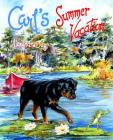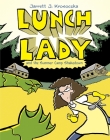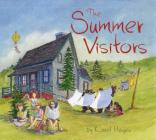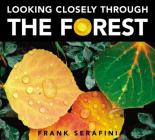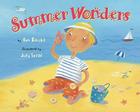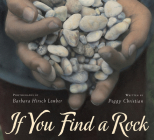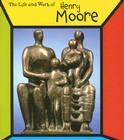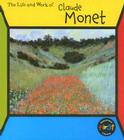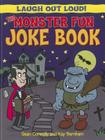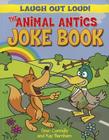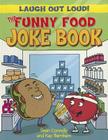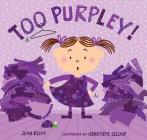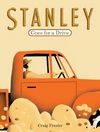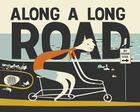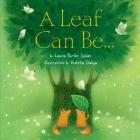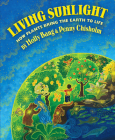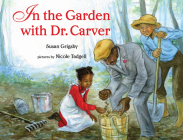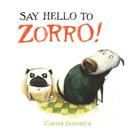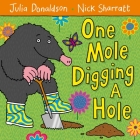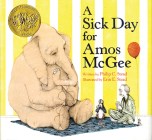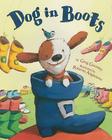Summer is coming! Summer is coming!
Summer is a great time to bring home the message that reading is fun. It’s a time for reading just what you want, rereading favorites as often as you like, discovering new information and listening to great stories in a leisurely way. It’s a time to leave homework (not my favorite) and reading instruction behind. It’s all about reading pleasure and practice. Just let it flow…. Some of today’s tips are repeats from last summer, some are new ones. Click here for Monday's book post on summer books.
- Be a reader yourself Show your kids that you value reading by reading yourself.
- Read aloud, read aloud, read aloud! Be creative – read alouds aren’t just for bedtime. Try between chores, while waiting for appointments, dinner to be done, food in a restaurant, waiting in line at the beach…
- Write stories and plays This is a time for creativity, not writing instruction. If your child wants help, he’ll ask, otherwise, let it be all about ideas.
- Write letters Letters can take all forms: emails, postcards, letters, paper airplanes… Try designing your own stationery and postcards. Create a box or bucket of fun writing materials – paper, cardstock, markers, fancy pens and pencils, glitter… Send to: friends, relatives, authors, experts…
- Allow your child to choose his books Summer is for fun! Sure, we want to learn too, but fun comes first.
- Help your child select books at a comfortable level See Matching Books to Readers.
- Don’t limit summer reading to books Try magazines (click here and here for suggestions), brochures, comics, directions, maps, atlases, cereal boxes...
- Read a book and watch the movie together This works for movies in theaters and movies you rent or get from the library.
- Reread your favorites Summer is a great time to read old favorites, either independently or as a read aloud. Maybe create a shared book list of everyone’s favorite kids’ books. Then trade books!
- Check out reading programs at your library Many local libraries have summer programs. Some schools do, too.
- Board Games Many games have a reading component, and even if they don’t, play them anyway because they’re fun!
- Motivate summer reading This site has some ideas. 5 Ways to Motivate
Here is a book that I just discovered.
Show Me How: Build Your Child's Self-Esteem Through Reading, Crafting and Cooking by Vivian Kirkfield
This book is great! It gives a brief description of 100 picture books, then gives a craft and a simple recipe to go along with each book. Although the book is recommended for ages 2-5, I think this book would offer all kinds of family fun for older kids.
Resources used to compile this list:
In the upcoming weeks, I'll have lots of summer activities that involve reading.
I have to say it again: Summer is coming :)
Gail



